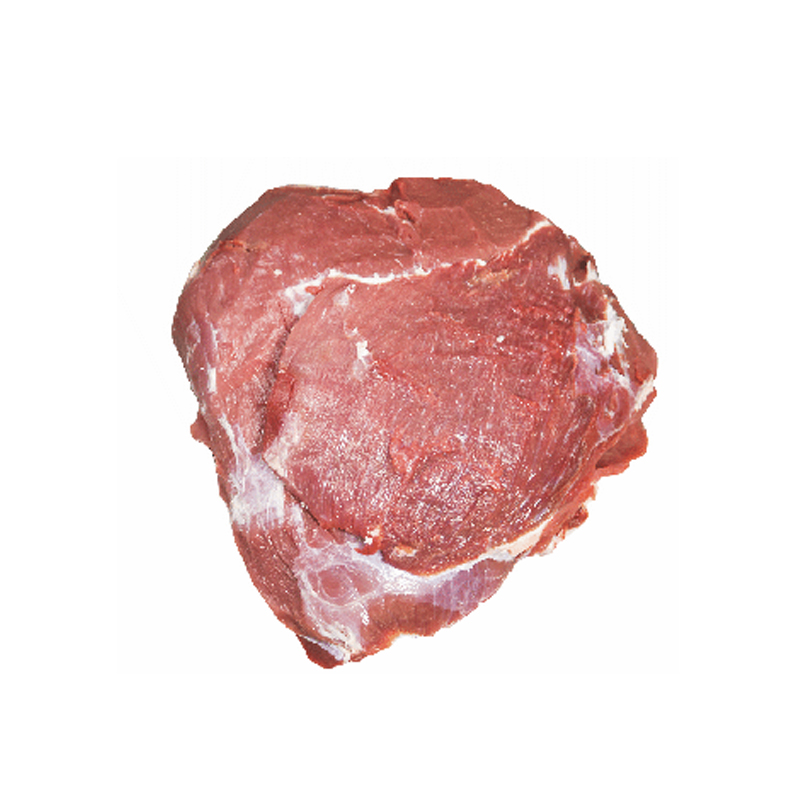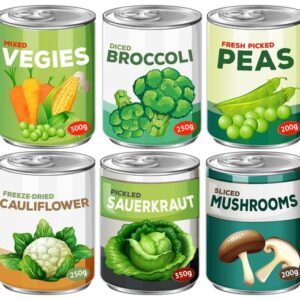Fresh or frozen meat
Description:
Fresh meat is newly butchered meat that has not been preserved by freezing or other methods. It typically has a shorter shelf life and must be stored in a cool environment. Frozen meat, on the other hand, is meat that has been preserved by freezing to extend its shelf life. Freezing helps maintain its nutritional value, texture, and flavor, and it can be stored for longer periods.
Uses:
-
Cooking with Fresh Meat:
- Grilling and Roasting: Fresh meat, such as steaks, chops, and roasts, is often cooked using dry heat methods like grilling and roasting to retain its flavor and tenderness.
- Stir-fries: Fresh cuts of beef, lamb, or chicken can be quickly stir-fried with vegetables and sauces, preserving their natural taste and texture.
- Sautéing: Thin cuts of fresh meat, like chicken breasts or pork tenderloin, are perfect for sautéing with oils or butter and herbs for a quick and flavorful meal.
-
Cooking with Frozen Meat:
- Thawing and Cooking: Frozen meat can be thawed in the refrigerator or cooked directly from frozen, depending on the type of meat. It’s commonly used in stews, casseroles, or soups.
- Slow Cooking: Frozen meats like beef or chicken are ideal for slow-cooking methods, where they are simmered in a stew or sauce for hours to enhance tenderness and flavor.
- Batch Cooking: Frozen meat is often used for meal prep, as it allows for larger quantities to be cooked and stored for future meals.
- Grilling or Pan-Seared: Frozen steaks and burgers can be grilled or pan-seared after thawing or directly from frozen, though the texture may differ slightly from fresh cuts.
Storage and Handling:
- Fresh Meat: Should be stored in the refrigerator and consumed within a few days of purchase to ensure safety and quality.
- Frozen Meat: Can be stored for several months in the freezer. It’s essential to thaw frozen meat properly to avoid bacterial growth and to maintain the best taste and texture.






Reviews
There are no reviews yet.